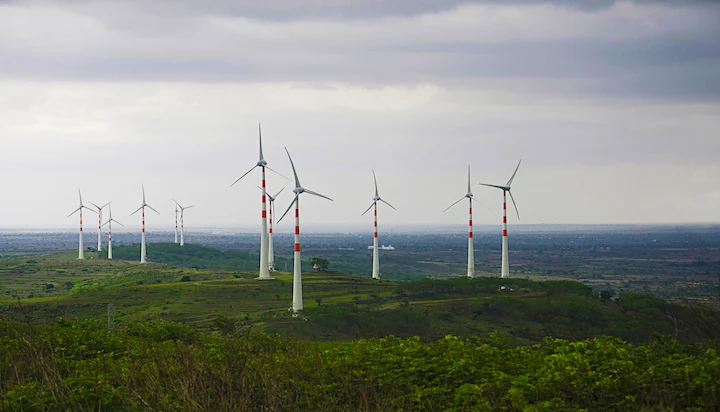Industry body India Hydrogen Alliance (IH2A) has proposed the creation of a public-private taskforce to develop gigawatt-scale green hydrogen hubs in India. The taskforce, called H2Bharat, will aim at identifying at least five large GW-scale green hydrogen hubs for development in India, within the next 18-months.
The IH2A proposal to the government policymakers was one of the seven points deliberated during a workshop conducted by NITI Aayog and IH2A to build the hydrogen economy in India.
The workshop was attended by representatives from the European Investment Bank (EIB), World Bank, OECD, GIZ, CDC, and FMO; Government of India, Government of Kerala, and industry players from across the hydrogen value chain.
At the NITI Aayog-IH2A workshop, experts recommended India should replicate the global best practice of GW-scale green H2 hubs to commercialize green hydrogen. These hubs or regional clusters will have co-located green H2 production and consumption across different use cases.
The first green H2 hubs should be designated national projects or ‘Special Projects of National Importance’ and be supported with special incentives and public funding.
The formation of public-private consortiums is crucial to pool public and private resources and de-risk early project development in these national green hydrogen hubs and project clusters.
Sovereign green bonds and global climate finance commitments can provide the necessary funding for GW-scale green hydrogen hubs in India. Multilateral and government agencies can catalyze early market development by part-funding design and pre-feasibility studies for the national hubs.
India needs a pipeline of national hydrogen hubs that can be evaluated before public and low-cost funding is extended to them. Funding agencies are keen to see the synergies across the green hydrogen value-chain in project plans rather than standalone green hydrogen projects, said the experts.
Experts said pre-feasibility studies for the first set of GW-scale green hydrogen hubs should start immediately, with at least five national green hydrogen hubs identified in the next 18 months.
They recommended the formation of a public-private H2Bharat commercialization taskforce with a focus on green H2 hub or cluster development. The taskforce must target conducting pre-feasibility studies for the first five GW green H2 clusters/hubs in India in the next 12 months.
Amitabh Kant, Chief Executive, NITI Aayog, said, “Our aim is to bring down the cost of green hydrogen to $2.5/kg by 2025 and $1/kg by 2030. This is possible only by increasing the size and scale of hydrogen manufacturing. With rapidly falling renewable energy costs, India’s green hydrogen production cost is expected to be amongst the lowest in the world. The H2Bharat Taskforce is an interesting proposal to kick-start green hydrogen project development at a large GW scale. We welcome this voluntary initiative from the industry and look forward to collaborating on it.”
Jill Evanko, Chief Executive and President, Chart Industries, and founding member, IH2A, said, “The H2Bharat Taskforce will identify and shortlist five GW-scale national green hydrogen hubs for development in the next 12 months. It would bring together all relevant stakeholders from the government, funding agencies, and the industry. IH2A will be happy to extend resources for this initiative voluntarily and work together with NITI Aayog and the Ministry of New and Renewable Energy (MNRE) for it.”
IH2A estimates that India will need about US$ 25 billion of investment from public and private sectors to create a domestic green hydrogen supply chain with a national installed electrolyzer capacity of 25 GW producing 5 MT of Green Hydrogen by 2030. It has earlier been stated that coordinated public-private actions will be required to develop the first generation of large-scale commercial hydrogen projects.
Source: pv-magazine-india.com









